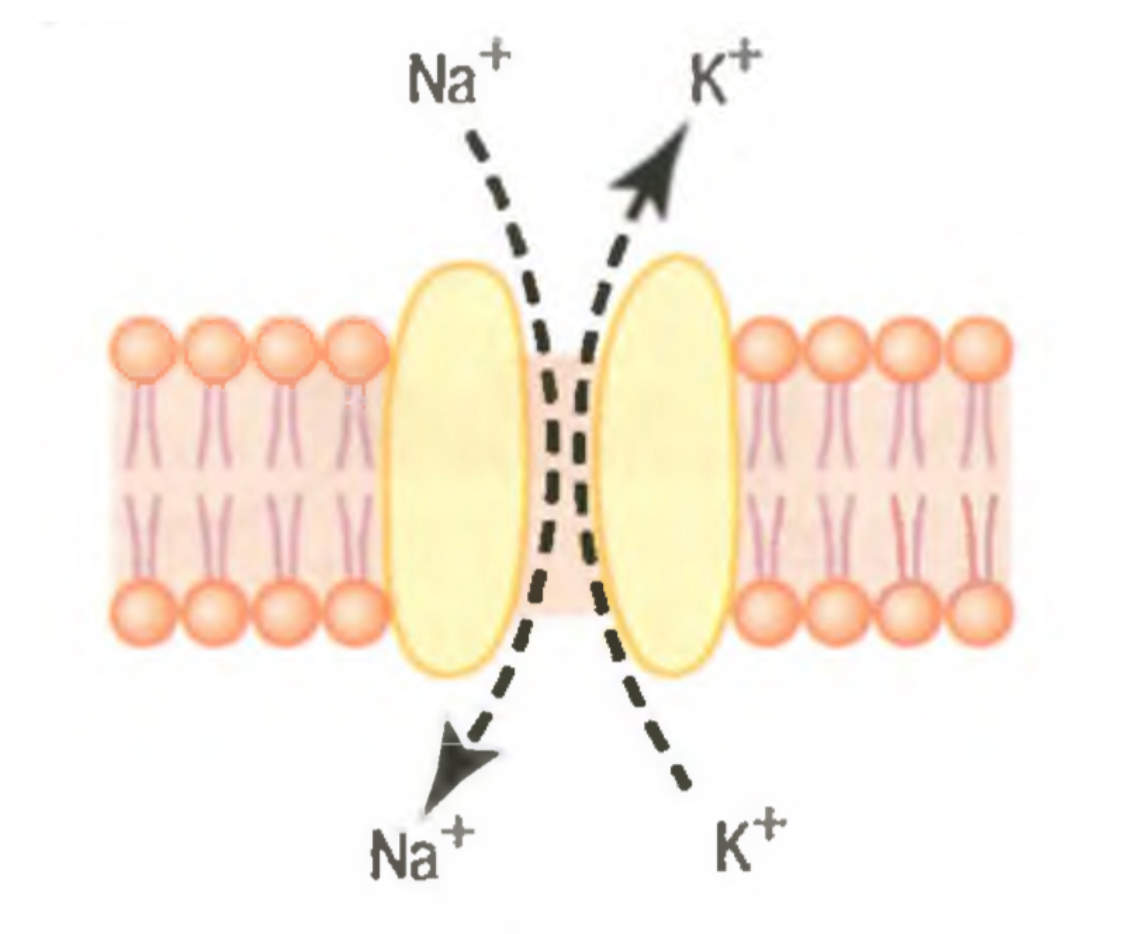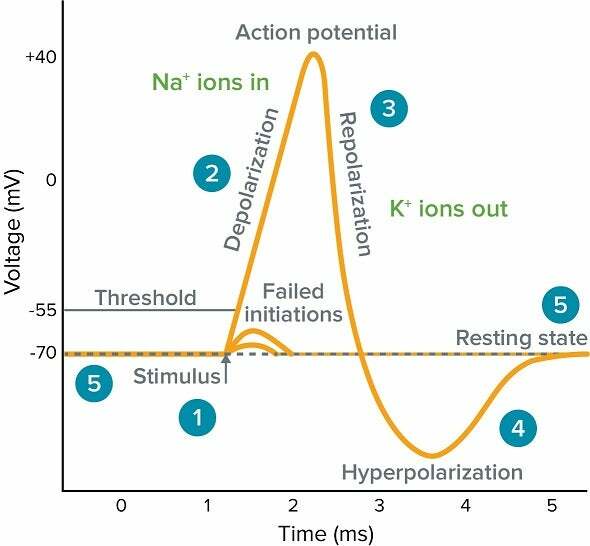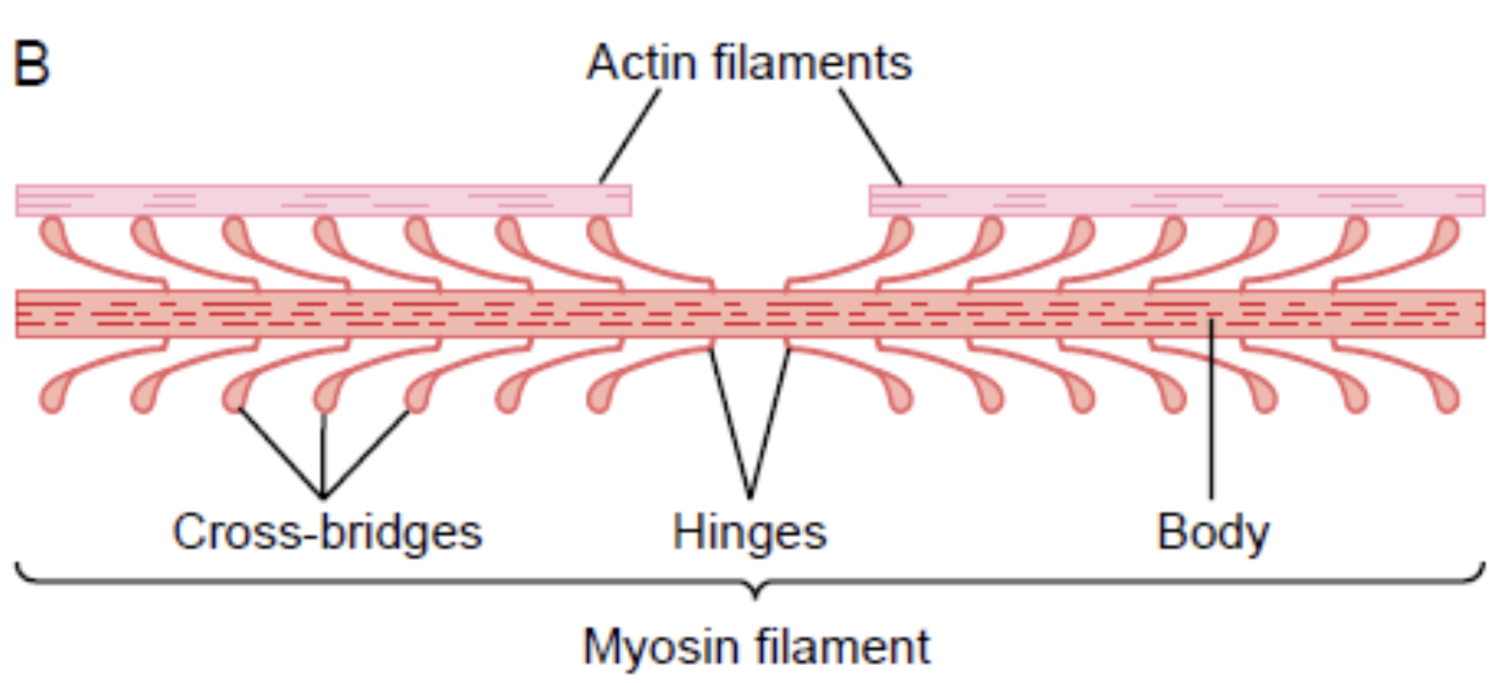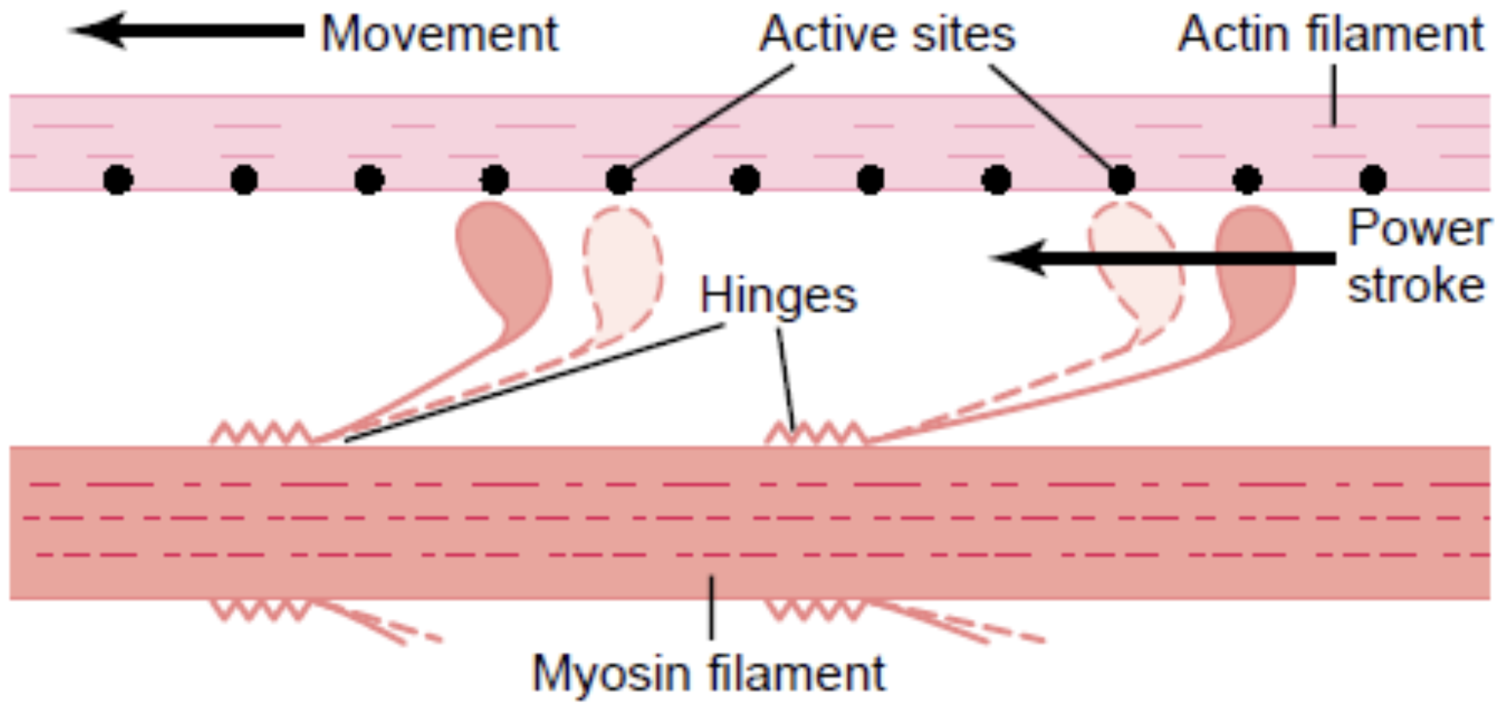Each of us has encountered at least once the unpleasant phenomenon of muscle spasm, better known among people as "cramp." This is a powerful and painful contraction of muscle tissue that is completely independent of our desire and will. But how often do you think about what mechanisms and causes are embedded in it, and is it possible to resist them? After all, at an inappropriate moment a cramp can lead to serious injury, and athletes are well aware of this. So what is our body trying to tell us with this, and can we somehow influence this phenomenon?
In this article, you'll learn about various types of spasms and cramps, learn to distinguish them, and discover possible ways to solve and prevent such an unpleasant phenomenon.
Part 1. Theoretical, in which we learn about the principles of muscle contraction and the role of ions in muscle life
To understand the causes of muscle spasms, we first need to understand the phenomenon of muscle contractions.
Each cell has a certain level of negative electrical charge, for example, for a muscle cell this threshold is from -90mV to -70mV. At this level of electronegativity, cells are in a state of complete physiological rest. The electrical charge of a cell is determined by various ions; for muscle cells, ions of Sodium (Na+), Potassium (K+), Calcium (Ca2+), and Magnesium (Mg2+) play a key role.

Negative electrical charge inside the cell (at rest state), and positive outside the cell
Ions are contained both inside the cell and outside it in extracellular fluid. At rest, only Potassium ions are inside the cell. And although K+ is electropositive by itself, its usual concentration inside the cell is not capable of generating an action potential.
When a stimulus occurs, for example an electrical impulse originating from a nerve fiber contacting the muscle cell, the sodium-potassium channel opens.

The increase in electrical charge occurs due to Sodium ions entering the cell. During this process, 2 Potassium ions leave the cell, while 3 Sodium ions enter it. Thanks to this, the cell's electronegativity decreases, and its charge accordingly begins to increase, meaning the cell becomes "excited."

In the diagram we see that when there's an impulse of sufficient strength, the cell begins to become excited and change its level of electronegativity in a lesser direction (becomes increasingly positively charged). Upon reaching a charge of about -55mV, we cross the so-called "depolarization threshold" at which powerful opening of Sodium ion channels occurs, thanks to which the cell's electrical charge becomes positive and we observe the development of "action potential." In simple terms, the cell is brought into a state of readiness and is capable of not only resting, but also doing something.
After some time, the impulse strength weakens and the cell enters a state of rest through repolarization. Potassium-Sodium channels open again, but now 3 Sodium ions exit the cell, while 2 Potassium ions enter it, thus the cell again returns to a state of rest and to the familiar electronegativity of -70 to -90 mV.
So, our cell received an impulse of sufficient strength, changed its electrical charge, and came into motion through contraction of muscle structures. What are these structures and how are they set in motion?
Muscle tissue contraction is provided by special protein filaments inside the muscle cell, called myosin and actin.

These filaments are positioned opposite each other, but from the myosin filament toward the actin filament there are myosin cross-bridges, which with their heads, under the influence of Calcium ions (Ca2+), are capable of attaching to special sites on actin.

It's worth separately summarizing our knowledge about ions and learning something more.
As you've already understood, the main role in cell excitability is influenced by the ratios of Sodium and Potassium ions. More Na+ in the cell - action potential develops; more K+ in the cell - a state of rest occurs.
But there are two more important ions without which normal functioning of muscle tissue is impossible - Calcium (Ca2+) and Magnesium (Mg2+) ions.
Calcium (Ca2+). Calcium plays a key role in the contraction mechanism, since, as you already know, it ensures the attachment of the myosin cross-bridge head to actin, and thanks to ATP, through tension, literally moves actin from its place, providing contraction.
However, Ca2+ has several other interesting features. It's worth knowing that unlike the very rapidly opening and closing Na+ and K+ channels, Ca2+'s own channel is extremely slow, and this moment plays one of the main causes in spasm development. Another unique feature of Ca2+ is its regulatory function in relation to the Na+/K+ channel. The fact is that Ca2+ can bind to the external part of the Na+/K+ channel protein molecule, making it less excitable, accordingly preventing premature opening.
Magnesium (Mg2+). Magnesium-based preparations are well known for their influence in eliminating muscle spasms, and not without reason. In the course of many studies, the antagonistic action of Mg2+ in relation to Ca2+ has been proven. With sufficient Mg2+ levels in the body, the possibility of excessive Ca2+ accumulation is excluded. The antagonism mechanism itself is not known for certain, but it's assumed that Mg2+, by analogy with Ca2+'s own influence on Na+/K+ channels, can regulate Ca2+ channel excitability, thereby not allowing excessive amounts of Ca2+ to enter the cell.
Daily consumption norms for various ions:
- Na+ norm - 3-4 grams, for athletes can be up to 5-6 grams;
- K+ norm - 2 grams, for athletes up to 5 grams;
- Ca2+ norm - 800mg, for athletes up to 2 grams;
- Mg2+ norm - 300-350mg, for athletes up to 800mg.
Part 2. Practical, which tells about types of spasms, their various causes and methods of fighting them
So what is a cramp? First of all, it's a muscle spasm in which painful contraction of a muscle or group of muscles occurs, usually characterized by severe aching pain.
Spasms are of two types:
- Tonic. Characterized by prolonged tension of muscle tissue;
- Clonic. Involuntary contractions alternate with moments of relaxation.
Let's understand the physiological causes of each and find solutions.
Tonic spasm
Causes. As already mentioned above, tonic spasm is characterized by prolonged and painful tension of an individual muscle fiber, entire muscle, or even muscle group. Such a condition is most often observed with Sodium ion deficiency, and table salt, as is known, is the main source of Sodium. Yes, it's abundant in food, but sodium can be excreted from the body more actively than other ions along with sweat. This is precisely why athletes very often encounter the problem of cramps during gym workouts. Powerful muscle contractions create a huge demand for ion intake to form action potential, and when the main one, Na+, becomes too little, excessive amounts of Ca2+ begin entering the cell. Calcium ions are also capable of creating action potential, while in the very act of movement they are completely indispensable. But due to slow channels and inability to quickly leave the cell, the muscle actually cannot enter a state of rest, at least quickly. Large numbers of Ca2+ cause ever new action potentials that don't allow elimination of myosin coupling with actin. In such cases, muscle stretching helps, which allows mechanical uncoupling of motor proteins, thereby eliminating pain due to excessive tension and finally allowing the muscle to relax.

The second cause of tonic spasm is Magnesium ion deficiency. With Mg2+ deficiency, the Ca2+ channel becomes excessively excitable and opens earlier and for longer than actually required. Because of this, even with normal Na+ levels, excessive Ca2+ accumulation is observed inside the cell, including all the above-described processes.

Prevention. If you're often bothered by tonic spasms during workouts, identifying Sodium or Potassium ion deficiency is quite simple. First, add several grams of salt to your drink or water and drink it throughout the workout. If the cause was sodium deficiency, then spasms will no longer bother you. If the situation doesn't change at all, then obviously the cause is still in Magnesium ion deficiency. In such a case, you should pay attention to products rich in this mineral (nuts, legumes, and cereals), or to Magnesium preparations like Magnerot and various supplements (avoid magnesium oxide forms in the composition, which are practically not absorbed).
Clonic spasm
Causes. Clonic spasm is a more exotic phenomenon since it's associated with Ca2+ deficiency and can easily manifest not only during training but throughout the entire day. Since Ca2+ can influence the Na+ channel protein, making it less excitable, accordingly with Ca2+ deficiency, Na+ channels begin to open at insignificant, sub-threshold values of electrical charge, forming action potential without our desire. But since Na+/K+ channels are very fast channels, muscles are seized not by a prolonged tension spasm, but by a series of rapid contraction-relaxation cycles.

Prevention. The cause of clonic spasms is Ca2+ deficiency, which also makes normal strength work impossible and muscle weakness is observed. With this condition, it's important to replenish Calcium ion deficiency. The best and richest source of Calcium is not cottage cheese at all, as many think. Cottage cheese has only 100mg Ca2+ per 100 grams of product, considering that an athlete usually needs 1200-1500mg, you'll have to eat quite a lot of it. The richest source of Ca2+ is semi-hard and hard cheeses, for example Parmesan contains about 1100mg Ca2+, ordinary semi-hard cheese contains 800mg. There's also quite a lot in milk, 100ml of which contains approximately 80mg Ca2+. Thus, for complete replenishment it will be sufficient to eat about 200 grams of cheese or any combinations of these products, with any heat treatment.
Conclusion. Any phenomenon, even the most unpleasant one, has its causes—the most important thing is to be able to understand and prevent them. In this article we made a small excursion into the huge world of physiology and tried to understand it. I hope it was interesting and informative, and the new practical knowledge will long protect you from any problems related to muscle spasms. Be happy and healthy!
Have questions or just want to discuss the article material?
Write to me anytime and I'll definitely try to help you!
For all types of communication:
